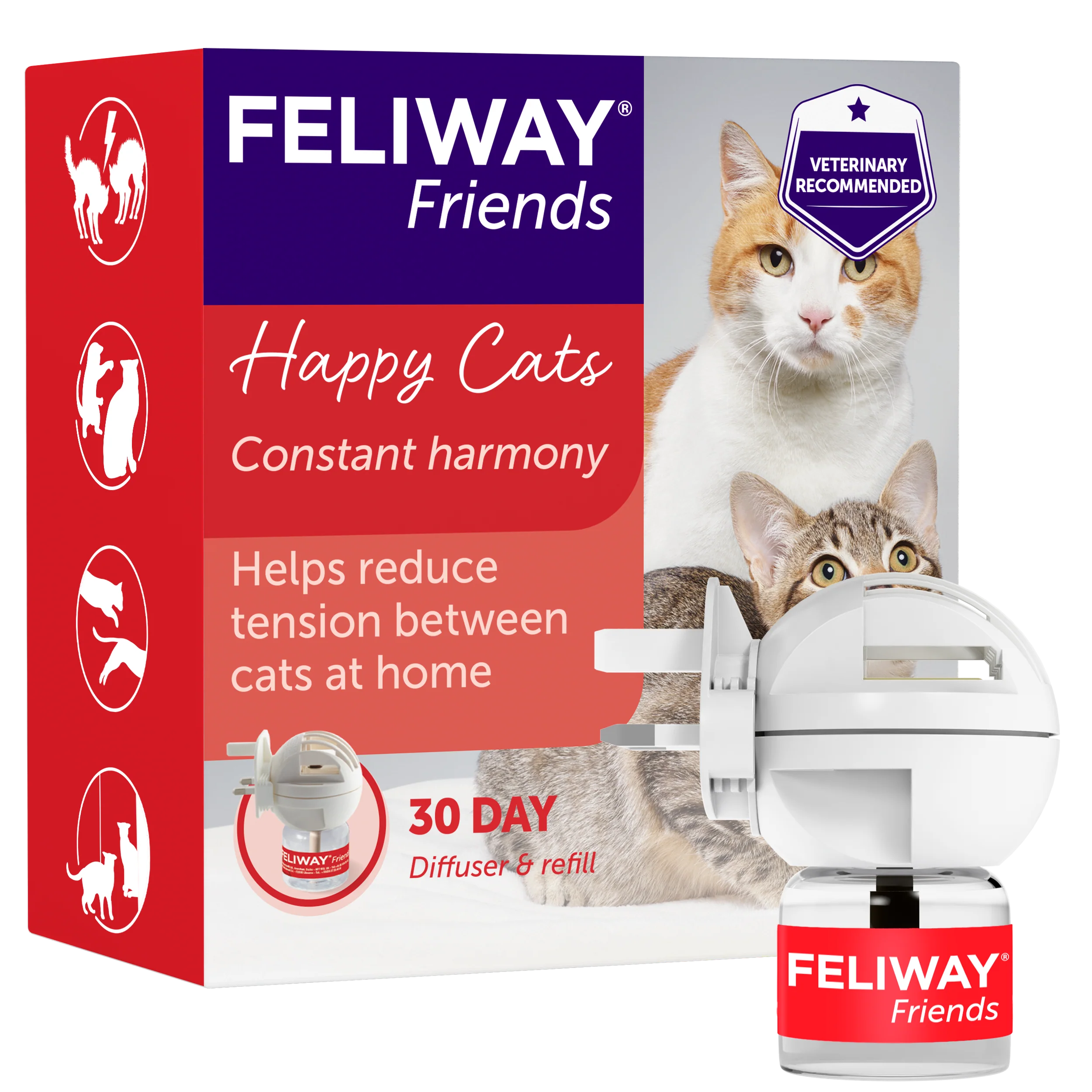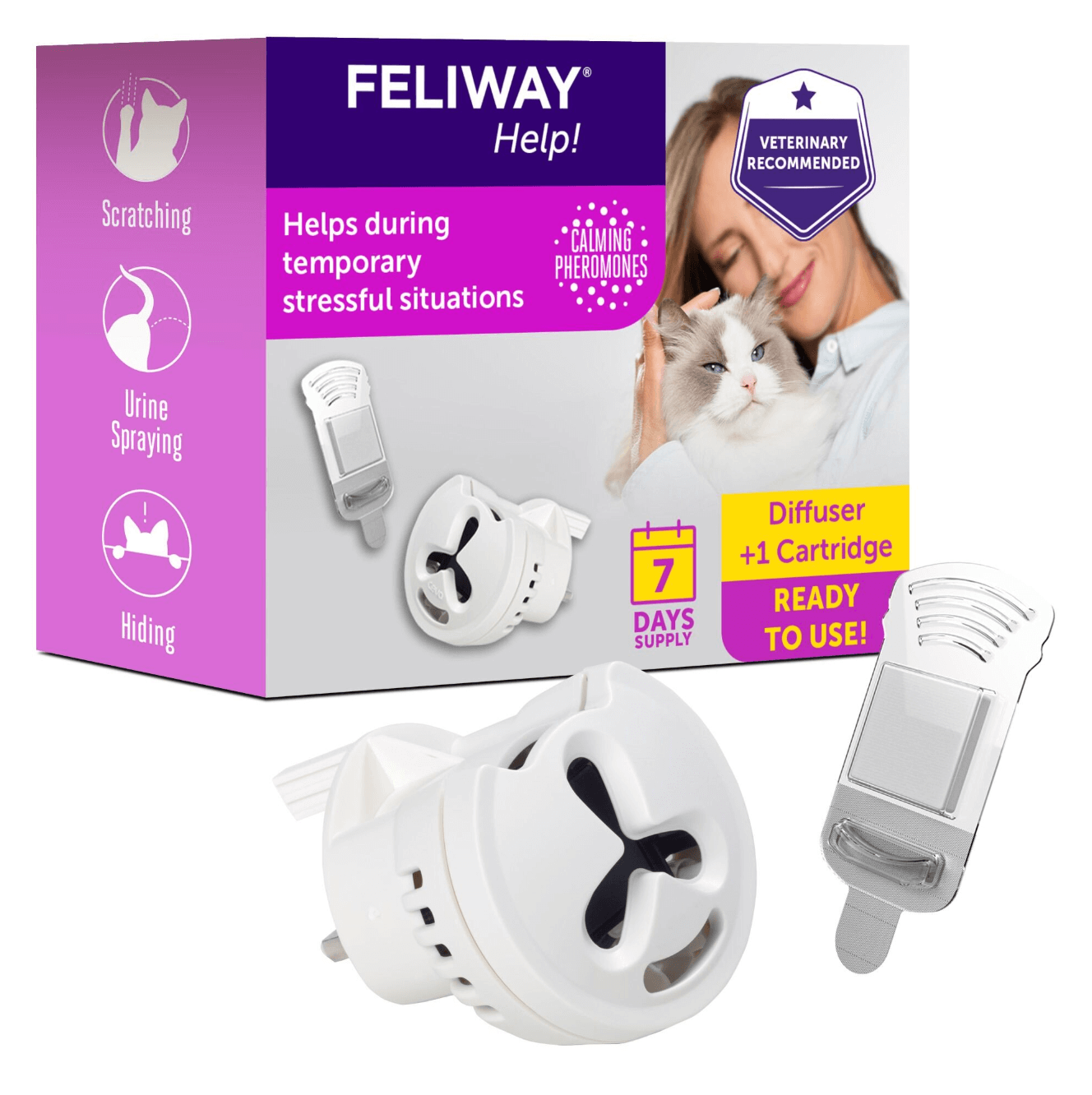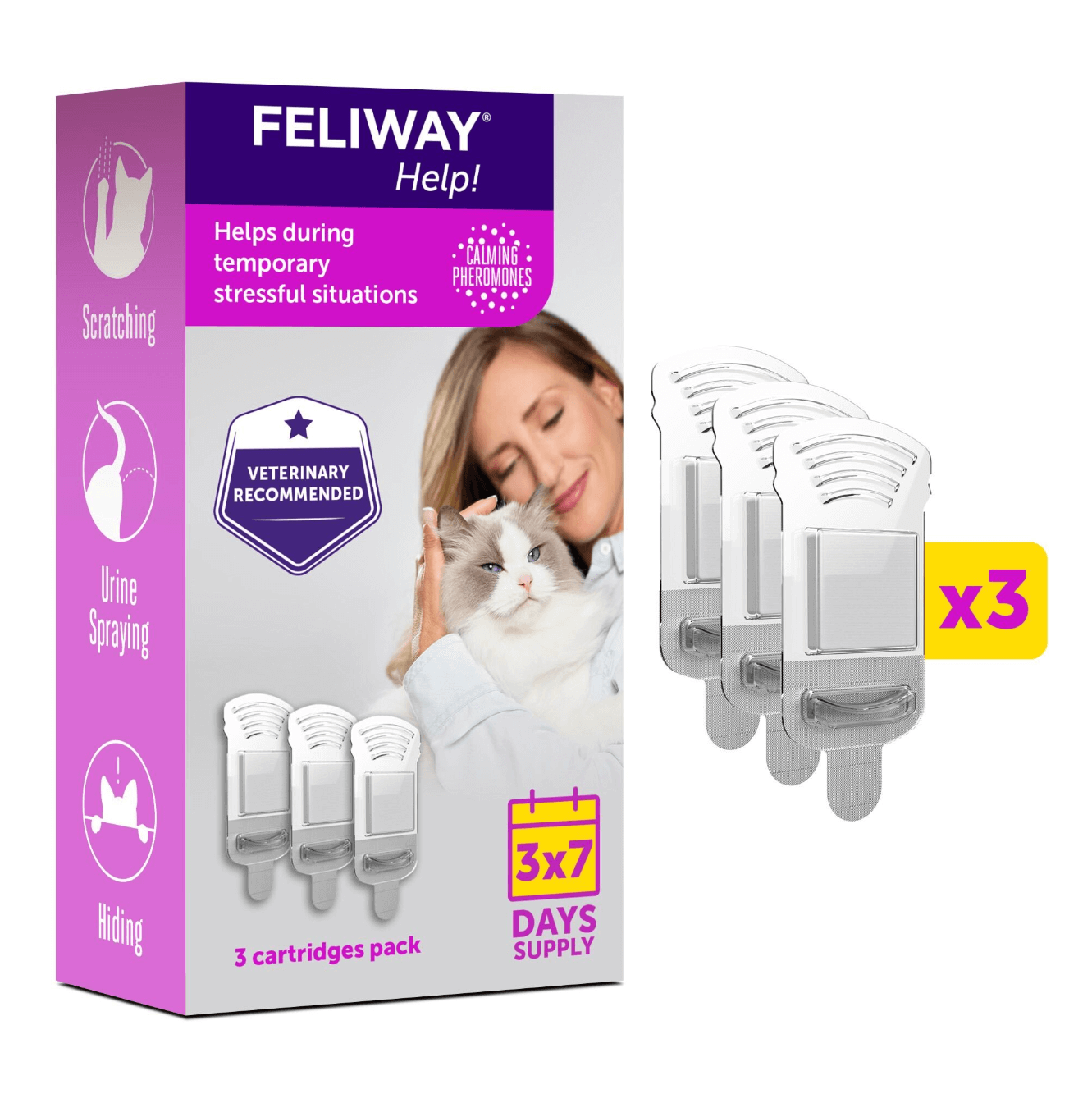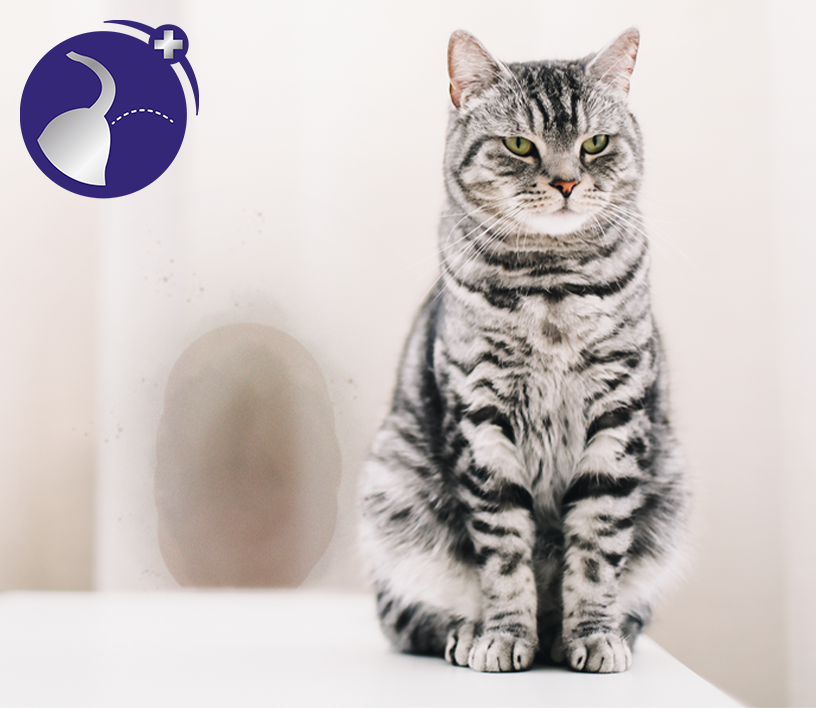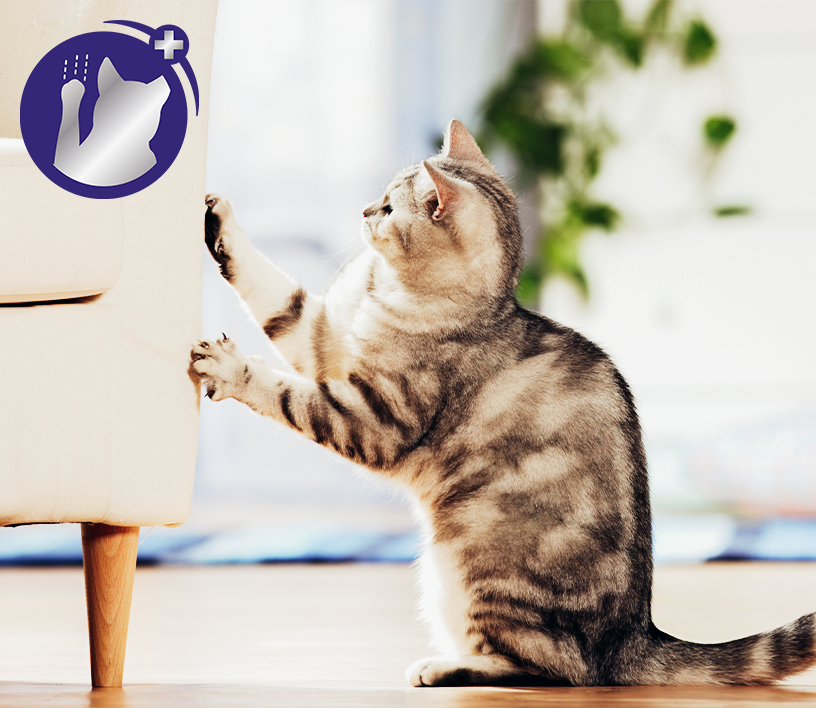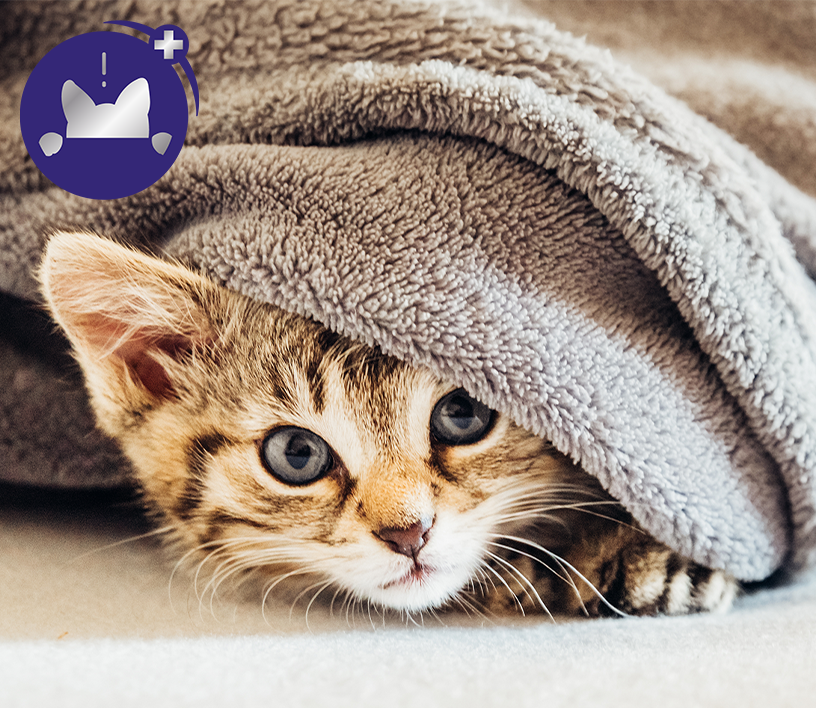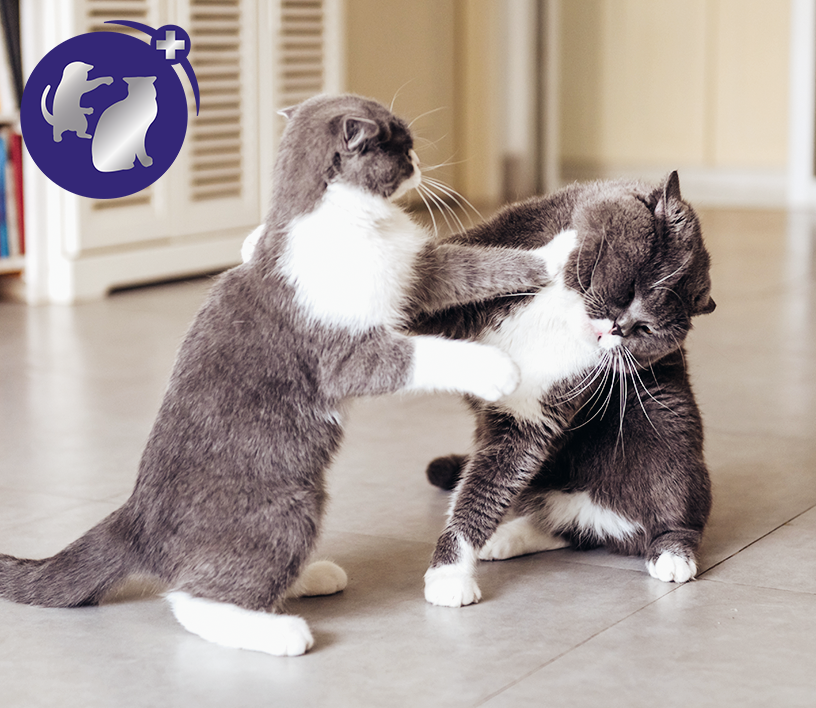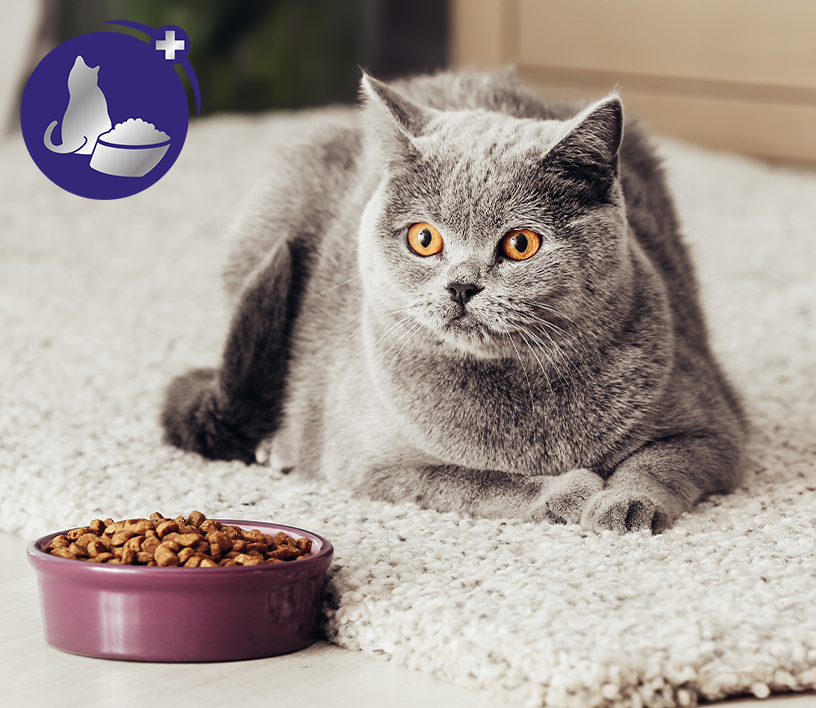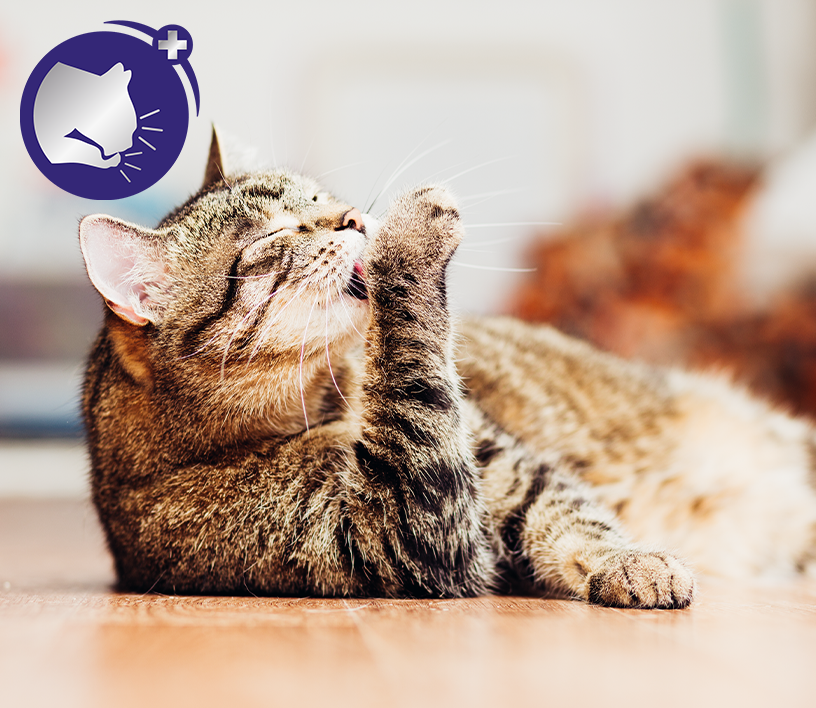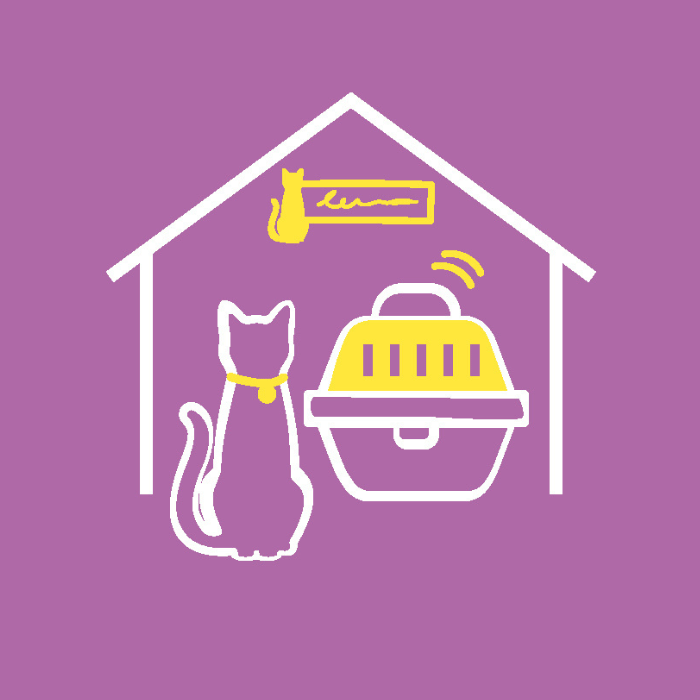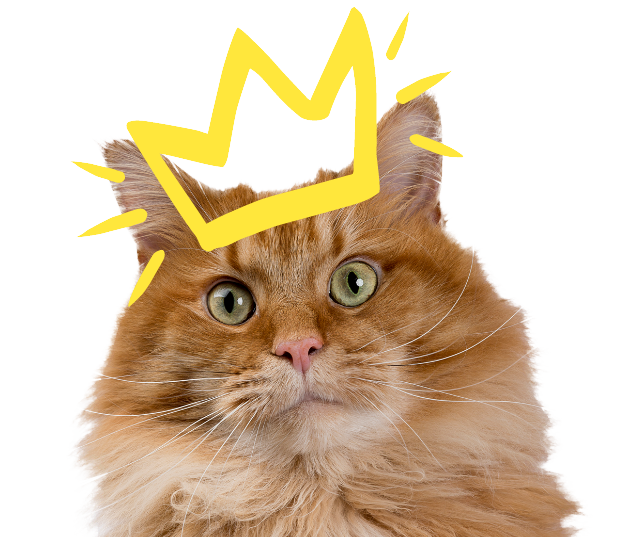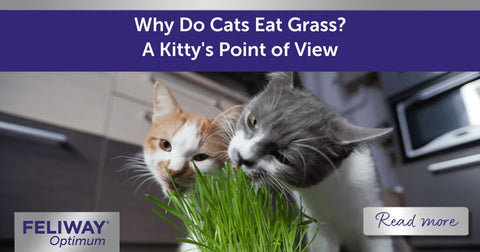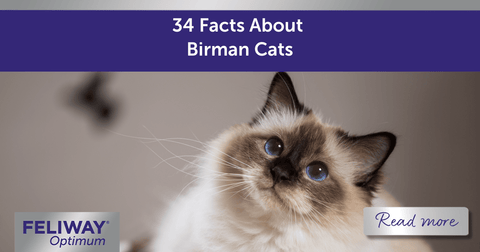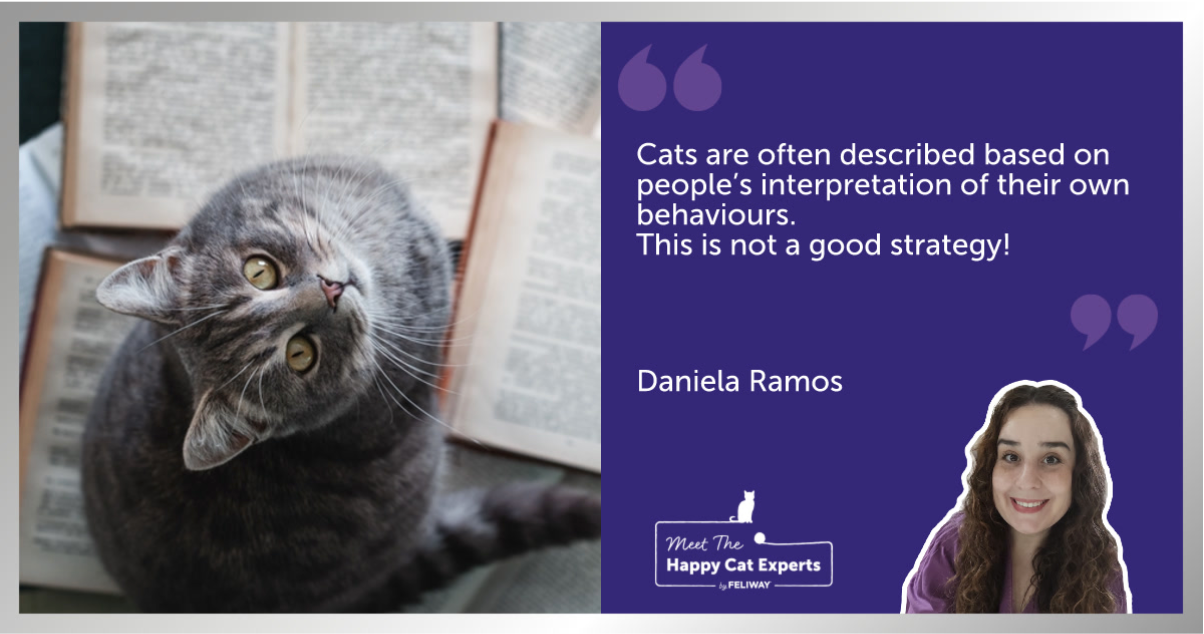
Never Judge a Cat by Their Cover: A Happy Cat Expert Explains!
People often use adjectives to describe others in a simplified and sometimes unpleasant way, usually referring to a person’s worst flaws. For instance, we often hear that someone tends to be explosive, unsociable, boring, jealous, and so on. So, do animals describe other animals in the same way? Not really!
Animals don’t use words to describe themselves, at least not verbally. Still, people often use the same shallow and erroneous approach to describe animals as they do humans. And when using adjectives to describe cats in particular, a number of negative features appear: naughty, nasty, malicious, reactive, ungrateful, spiteful, rebellious, and even dominant or insubordinate. The behaviour problems displayed by cats are often used as their main descriptors.
The Dangers of How We Describe Cats
This way in which cats are described should be avoided because it prevents understanding the real motivations and emotions behind a cat’s behaviours. In addition, the human-cat bond can be impaired.

Cats who are described with these adjectives are often mistreated, with their caregivers shouting out, spraying water, punishing, and even relinquishing them. Because cats are described as naughty and so on, people believe these methods are deemed necessary to manage their cats.
In other words, this seemingly harmless language could lead to misinterpretation of a cat’s behaviour, in turn negatively affecting perceptions and attitudes towards the cat. This only makes any problems worse, potentially causing stress, anxiety, and behavioural changes, and breaking the bond between humans and cats.
Thus, we must never judge a book by its cover. Or, as I would say, we must never judge a cat by their perceived misbehaviour!
A Cat’s Temperament Is More Than Just One Trait
A cat's temperament refers to their unique behavioural style and how they react to the world, and is generally described by a combination of traits. For example, if a cat who bites unfamiliar people is described as unfriendly, this may not technically be wrong. However, it is an incomplete definition because their unfriendliness towards strangers is just part of their temperament and how they cope in a particular situation.
In this example, the cat could also be smart, agile, affectionate towards familiar people and animals, playful, fearful of noises, and more. In other words, this cat has many other characteristics in their complex temperament, but people tend to only use “pain points”—problem behaviours in particular—when using adjectives to describe a cat.
This is not only a big mistake, but also unfair: behavioural problems must never define individuals, regardless of their species.Anthropomorphism: Misreading Cat Behaviour
Cats are also described based on people’s interpretation of their own behaviours. This is not a good strategy either.
People tend to interpret cats as if they were human beings, giving them human intentions and emotions—an anthropomorphic view, to be more accurate. For example, when describing a cat that urinates outside the litter box, adjectives such as dirty, stubborn, messy, and disobedient are commonly used. This gives the idea that this cat has poor hygiene and prefers using another area instead of the correct place, even knowing this is wrong. In most cases, these are not the reasons for house-soiling in cats. There can be many causes, including pain, discomfort, blocked access to litter boxes, or lack of large, clean, appropriately placed litter boxes.
When talking about a cat that has bitten someone, people tend to explain their behaviour based on the damage caused to the person. They will then use words such as terrible, nasty, and evil, as if the cat’s behaviour was purposeful. In reality, cats that bite are often using this as a defensive behaviour when there is no escape route, and are likely feeling extreme emotions such as fear, anxiety, frustration, or even pain.
Describing cats based on anthropomorphism makes no sense at all. People make mistakes when interpreting animal behaviours, leading to misunderstandings and potential health issues being overlooked.Appreciating Cats for Who They Are
Cats are very special pets who provide us with companionship, affection, and numerous physical and emotional benefits. We should reward them by recognising the richness and complexity of their unique temperament and making more accurate judgements.
If we intend to manage feline behaviour problems, or simply have a good relationship with our cats, we must start by interpreting and describing cats in an objective way. This means using a wide, in-depth perspective, and recognising the importance of all their strengths and weaknesses. After all, if we humans don’t like to be judged by our flaws, why would we do that to our cats?
Fancy finding out more? We have a huge range of articles to explore online, including tips, guides, and insights from all our Happy Cat Experts! Plus, sign up to our newsletter to stay up to date with all our latest info!










